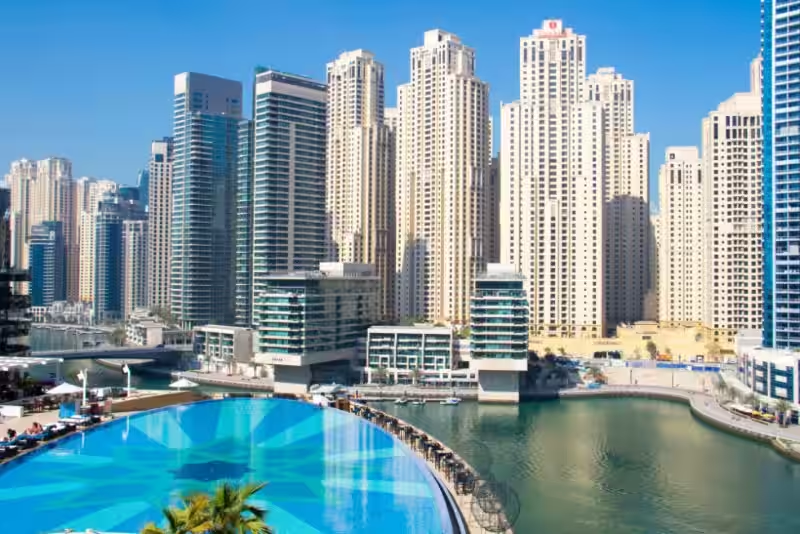
Navigating the Arabic language can be an exciting journey filled with rich cultural nuances. One essential element in understanding this vibrant language is the word for “city,” which plays a crucial role in discussing urban life and geographic locations.
Unlocking the Essence of “City” in Arabic: “Madīnah”
The Arabic word for “city” is مَدِيْنَة (Madīnah), pronounced roughly as “ma-dee-nah.” This word holds a profound significance within the Arabic world, representing bustling metropolises and charming towns alike. It’s a versatile term that transcends the boundaries of population size and urban development.
From Cairo to Damascus: A Universal Term for Urban Centers
Whether you’re discussing the sprawling metropolis of Cairo, the ancient city of Damascus, or a smaller town nestled amidst rolling hills, مَدِيْنَة (Madīnah) serves as the overarching term. It encompasses the diverse tapestry of urban settlements that dot the Arabic-speaking world.
Beyond the Singular: Understanding the Plural Form of “City”
Just as English uses “cities” to refer to multiple urban areas, Arabic employs a distinct plural form for مَدِيْنَة (Madīnah). This plural form is مُدُن (Mudun), pronounced as “mu-dun”. This distinction allows for clear and concise communication when discussing multiple cities or towns.
Examples of “Mudun” in Use
Imagine you’re discussing a trip to several cities in the Middle East. You might say, “I visited مُدُن (Mudun) in Jordan, including Amman and Petra.” Here, the plural form “Mudun” clearly indicates that you’re talking about multiple cities.
Delving Deeper: Exploring the Historical and Cultural Significance of “Madīnah”
Beyond its practical use, مَدِيْنَة (Madīnah) holds historical and cultural significance in the Arabic world. The word itself evokes images of vibrant marketplaces, intricate architecture, and the rich tapestry of life that unfolds within urban centers.
The City as a Symbol of Progress and Civilization
Throughout history, cities have played a pivotal role in the development of human civilization. In Arabic culture, مَدِيْنَة (Madīnah) often symbolizes progress, cultural exchange, and the pursuit of knowledge.
Mastering the Language of Cities: A Practical Guide
Gaining fluency in the Arabic language requires understanding its vocabulary, including the nuances of words like مَدِيْنَة (Madīnah). Here are some tips to help you master this essential term:
- Practice pronunciation: Listen to audio recordings and repeat the words aloud.
- Visualize the script: Familiarize yourself with the Arabic script for مَدِيْنَة (Madīnah) and مُدُن (Mudun).
- Use it in context: Incorporate these words into your conversations about locations and urban experiences.
Embrace the Journey: Navigating the Arabic Cityscape
By delving into the meaning and usage of “city” in Arabic, you’re not just learning a word but gaining access to a deeper understanding of the cultural landscape. Whether you’re planning a trip to a bustling metropolis or simply expanding your linguistic horizons, embrace the journey and let the language of “Madīnah” guide your explorations.
Frequently Asked Questions about “City” in Arabic
What is the Arabic word for “city”?
The Arabic word for “city” is مَدِيْنَة (Madīnah), pronounced roughly as “ma-dee-nah.”
What about the plural form?
The plural of مَدِيْنَة is مُدُن (Mudun), pronounced “mu-dun.”
Does the word “city” apply to both large cities and small towns?
Yes, مَدِيْنَة encompasses both large metropolises and smaller towns.
- The Arabic word for “town/city” is مَدِيْنَة (Madīnah), pronounced roughly as “ma-dee-nah”.
- The plural of مَدِيْنَة is مُدُن (Mudun), pronounced “mu-dun”.
- The word مَدِيْنَة can be used for both large cities and smaller towns.
- Audio recordings are available for both the Arabic and English versions of مَدِيْنَة to help with pronunciation.
- Visual representation of the word in Arabic script is provided for learning to read and write the language.








